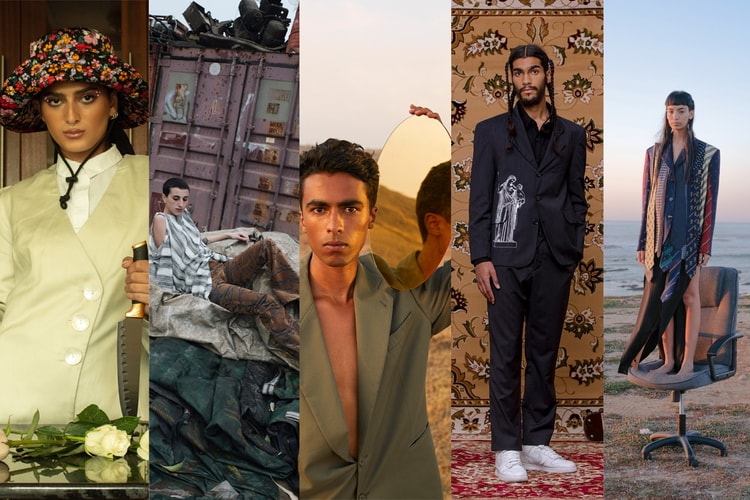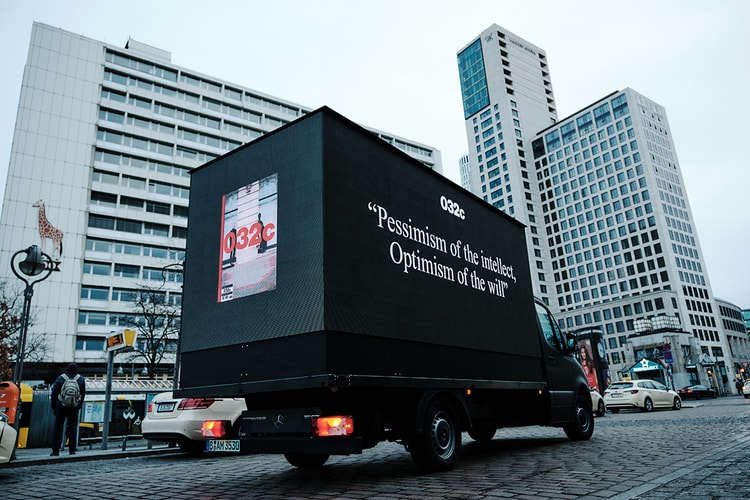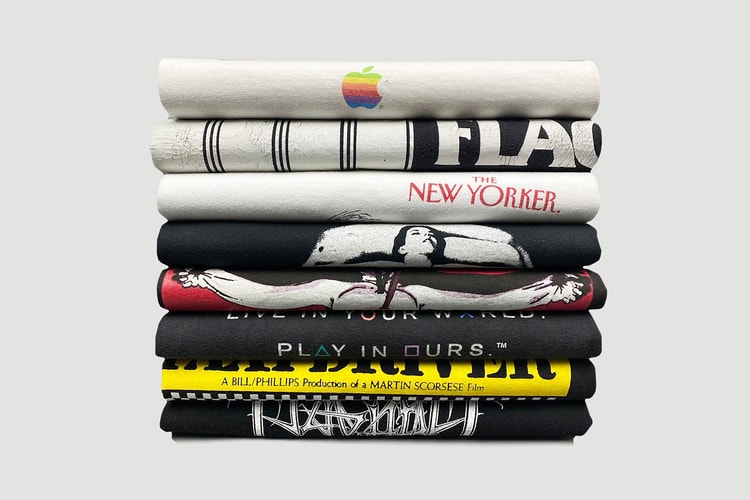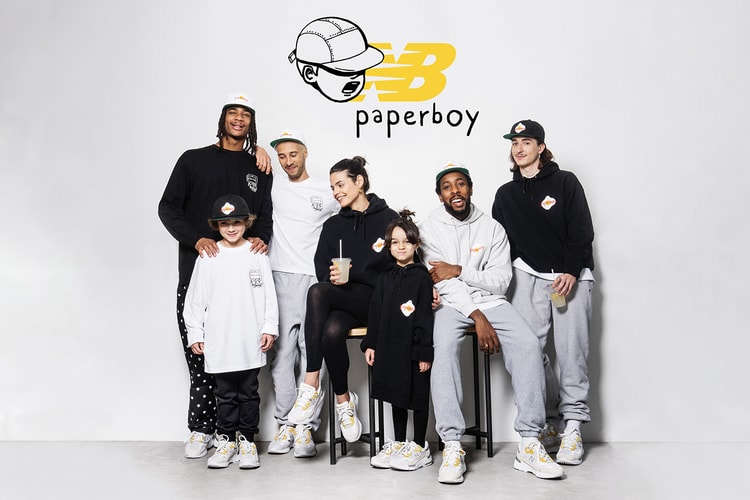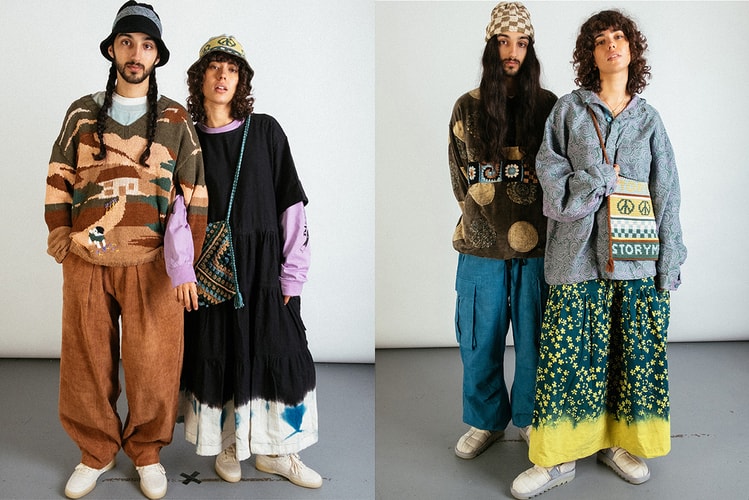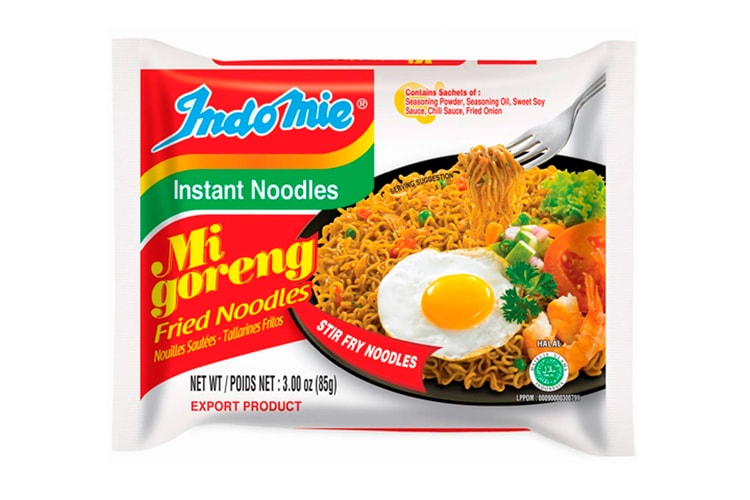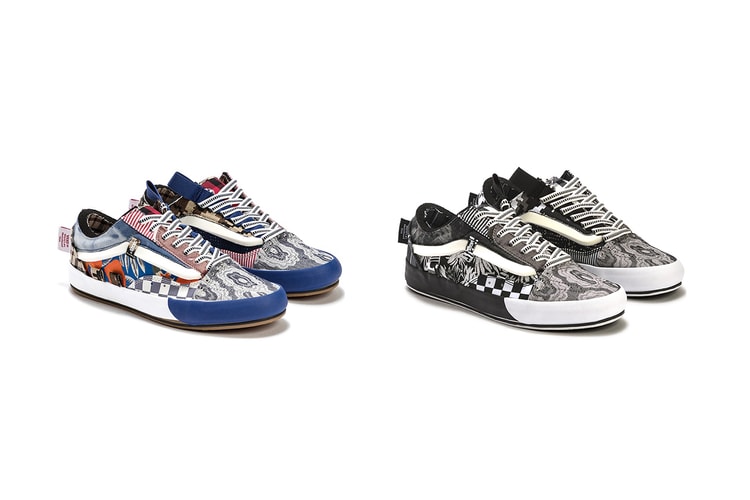Behind the HYPE: How 'League of Legends' League Championship Series Redefined Esports
Infiltrating fashion and music as a cultural phenomenon seeping into every corner of the world today.
The League Championship Series (or for short, LCS) is currently the third most popular professional sports league in North America, just behind the NFL and NBA. The LCS is home to North America’s top athletes in League of Legends, the highly competitive free-to-play game that has launched one of the world’s most popular Esports — and drawn the attention of major brands, including Honda, Verizon, and Bud Light. With investment dollars from sports and entertainment icons like Michael Jordan, Steph Curry and Drake, buying in on LCS teams like Team Liquid, TSM and 100 Thieves, competitive gaming won’t be going anywhere anytime soon. Every season, LCS athletes compete to be crowned LCS Champions, and then make it onto the international stage at Worlds. With competition at its highest and viewers around the globe tuning in, League of Legends has set a new standard for Esports, and the LCS has come to redefine sports.
League of Legends’ origins date back to 2006, when co-founders Brandon Beck and Marc Merill had an idea for a standalone game loosely based off of Defense of the Ancients, a multiplayer game mod to Warcraft III. Launching in April 2009 and releasing across North America several months later as a free-to-play game, Riot Games moved quickly to expand League of Legends to both the Southeast Asian and European markets, laying the foundation for the game’s global popularity. In another savvy move, the developer introduced competitive gaming early on. In 2011, Riot created the League of Legends world championship, its first official international competition. Then in 2013, Riot launched an official publisher-backed league, the League of Legends Championships Series, in response to the growth of these community-organized competitions.
As online viewership grew, so did the live audience. The LCS began in a small L.A. studio with no live audience but — in true League of Legends form — it quickly expanded. In 2014, the LCS moved to a new studio accommodating a 200 person audience for weekly broadcasts and expanded from 8 to 10 teams and in 2015, the LCS brought its summer finals to Madison Square Garden. 2018 saw the launch of a permanent partners system which, similarly to a franchise model in traditional sports, gave teams the opportunity to lock their slots into the League of Legends ecosystem permanently. Today, the LCS continues to grow as Grubhub recently inked a multi-year deal to be the presenting sponsor of LCS events, including the LCS Championship, and superstar players SwordArt and Perkz each joined the league with deals reportedly in the multi-7 figures. With a new brand, format, and a host of exciting players entering the league — the 2021 season is looking to be the start of one of the most competitive eras in LCS history.
With nearly 1,000 professional players on 100 teams across 12 regional leagues now, it’s clear why League of Legends is the most watched and largest globally-integrated esport in the world, as well as the first to reach 1 billion views on Twitch. Each league is uniquely structured to appeal to its regional fanbase, and successfully so; in North America, League of Legends is the most viewed video game and the LCS is the most viewed Esport. These leagues all take part in three international tournaments: League of Legends All-Stars, the Mid-Season Invitational, and of course the pinnacle, the League of Legends World Championship. The 2020 championship final in Shanghai, which featured the best of the best from each of the regional leagues set a new viewership record. Over the course of the tournament, fans watched roughly 1 billion hours of competition in 16 languages, with more than 46 million fans tuning in to the finals.
And with that kind of cachet, the branded deals just keep pouring in. From Red Bull to Alienware, and State Farm to Mastercard, all currently sponsoring the 2021 LCS and League of Legends global events. In 2019, Louis Vuitton partnered with League of Legends developer Riot Games to produce an apparel capsule collection as well as a custom set of prestige skins for League of Legends characters Qiyana and Senna, designed by LV creative director Nicolas Ghesquière, and a bespoke championship trophy case that took nearly 900 hours to create. But League of Legends isn’t just collaborating in the fashion world. Multi-genre producer Y2K and streamer TheSushiDragon both performed at the 2020 Spring Finals After Party and Grammy-nominated artist Logic headlined the 2020 LCS Summer Finals Opening Ceremony.
In considering League of Legends’ enduring popularity, three important factors stand out in its model. First, Riot Games kept things fresh with regular updates to keep existing players excited and attract new gamers. Also its ranked mode added a competitive flair for those looking to climb the ladder. Thirdly, Riot Games made a concerted effort to invest in and build a sustainable esports ecosystem for League of Legends, a model they continue to expand upon with new games like VALORANT. And of course, you also can’t neglect the influence and draw of the aforementioned LCS, now in its ninth season, which has more than cemented its place as one of the most popular sports in the world. There’s no secret magic to League of Legends’ seismic rise to phenom status — just hustle.
For our latest Behind the HYPE, HYPEBEAST breaks down the history, influence and meteoric rise of the competitive gaming phenomenon that is, League of Legends’ LCS. Watch the video above to learn more and then check out some more Behind the HYPE videos here.



